Parallel, Perpendicular, and Intersecting Lines
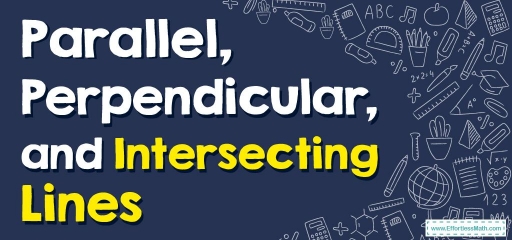
Kinds of Lines
- Horizontal Lines – Lines mapped from left-to-right or right-to-left and which are parallel to the \(x\)-axis in a plane are known as horizontal lines.
- Vertical Lines – Lines mapped from up to down or down to up and are parallel to the \(y\)-axis in a plane are known as vertical lines.
- Intersecting Lines – Whenever \(2\) lines cross one another and meet up at a point, they’re called intersecting lines. The point where they meet up is called the point of intersection.
Intersecting Lines Properties
- Intersecting lines link at a single point, and they can’t meet up at more than a single point.
- Intersecting lines meet up with one another at any angle that’s bigger than \(0°\) and lower than \(180°\).
- Perpendicular Lines– Whenever \(2\) lines intersect precisely at \(90°\), they’re called perpendicular lines.
- Parallel Lines –\(2\) lines are understood to be parallel if they don’t intersect at any point as well and they are equidistant.
Non-intersecting Lines Properties
- Non-intersecting lines don’t ever meet up, and they don’t share any kind of common point. They’re additionally called parallel lines.
- The gap in-between non-intersecting lines is constantly equal.
- The size of any common perpendicular drawn between the \(2\) non-intersecting lines is constantly equal.
Hints on Points and Lines
- Whenever \(2\) distinct points are linked, they create a line.
- A line goes in two directions forever.
- Parallel lines don’t intersect one another.
- The line that intersects at \(90°\) are called perpendicular lines.
- \(2\) or more points that lie on one straight line are called collinear points.
Parallel, Perpendicular, and Intersecting Lines – Example 1:
These two lines cross each other and intersect at \(90°\), so they are both intersecting and perpendicular to each other.
Parallel, Perpendicular, and Intersecting Lines – Example 2:
State whether the given pair of lines is parallel, perpendicular, or intersecting.
Solution:
These two lines do not intersect at any point so they are parallel.
Exercises for Parallel, Perpendicular, and Intersecting Lines
1)
2)
Answers
- \(\color{blue}{Intersecting}\)
- \(\color{blue}{Parallel}\)
Related to This Article
More math articles
- Decimals Demystified: From Standard Form to Expanded Form with Fractions
- How to Work with the Intermediate Value Theorem?
- Math Made Easy: Essential Tips to Memorize Formulas and Supercharge Your Learning
- Teenager’s Books That Make Math Fun
- Number Properties Puzzle – Challenge 7
- 5 Tips for Surviving a Statistics Course
- The Ultimate 7th Grade NYSTP Math Course (+FREE Worksheets)
- Overview of the ASVAB Mathematics Test
- Properties of the Horizontal Line
- Word Problems Involving Comparing Ratio



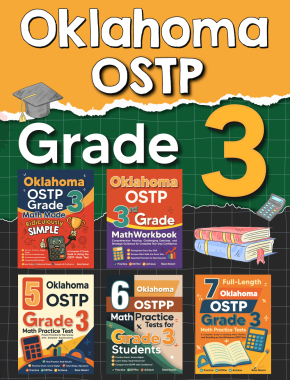
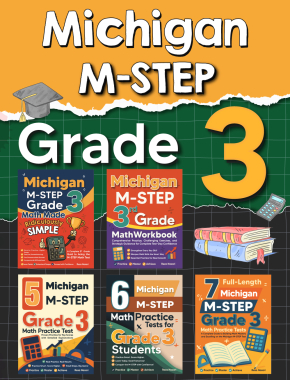
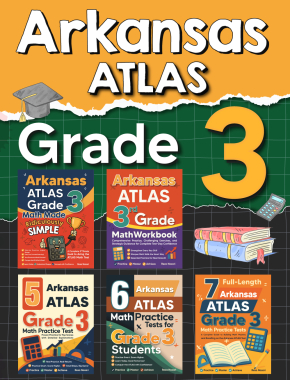
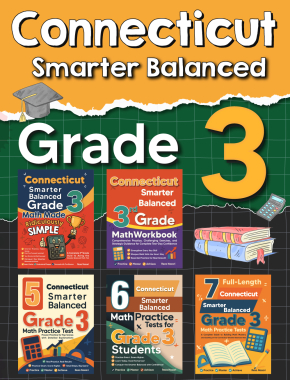














What people say about "Parallel, Perpendicular, and Intersecting Lines - Effortless Math: We Help Students Learn to LOVE Mathematics"?
No one replied yet.